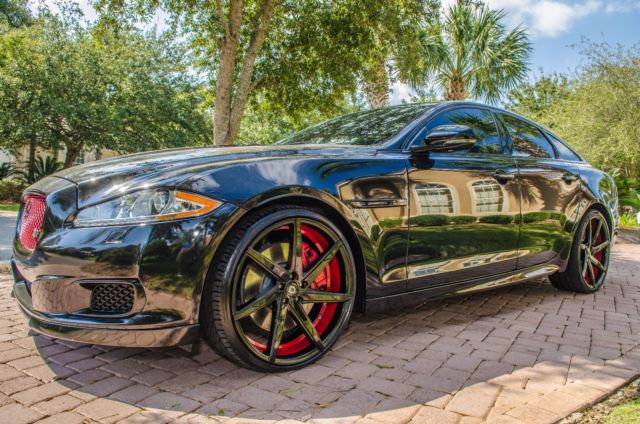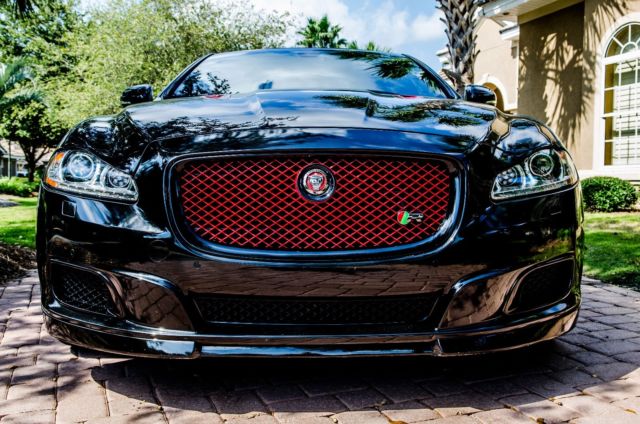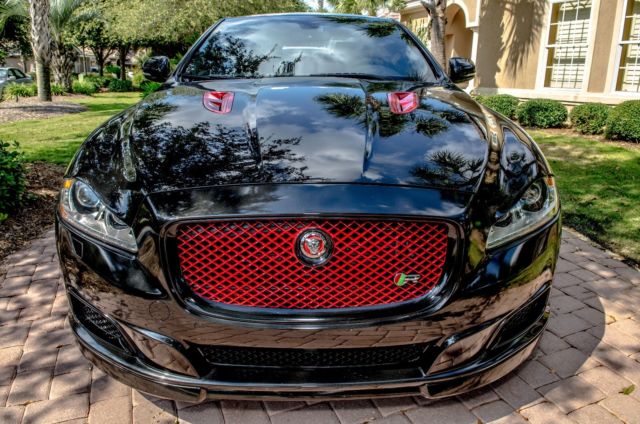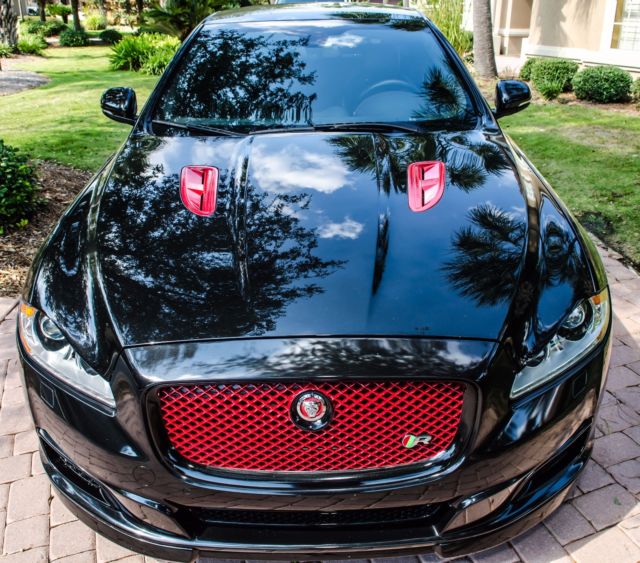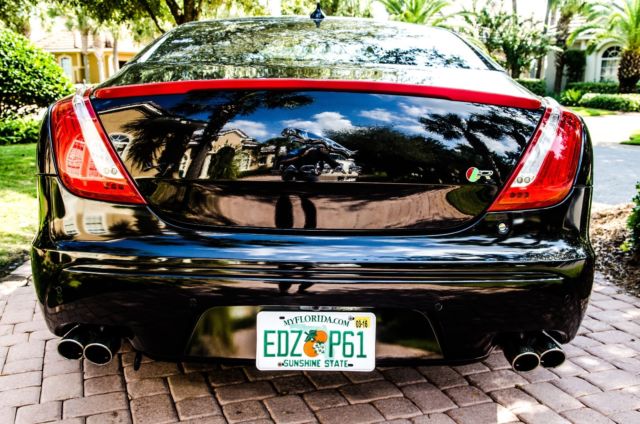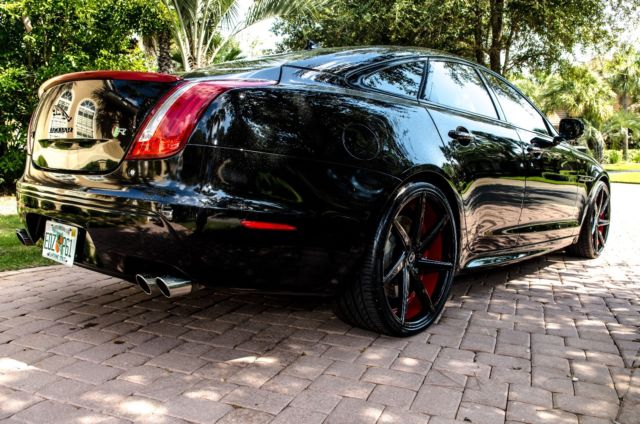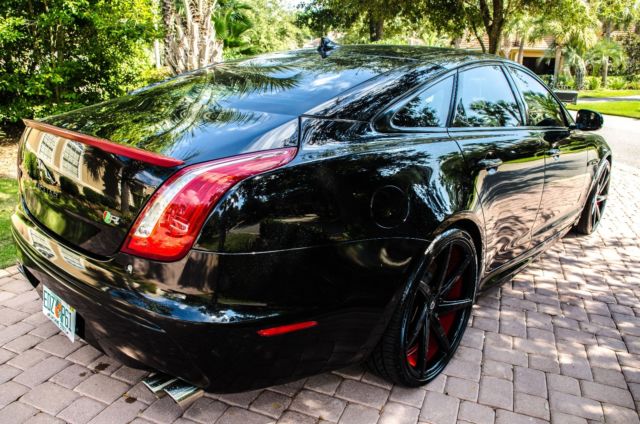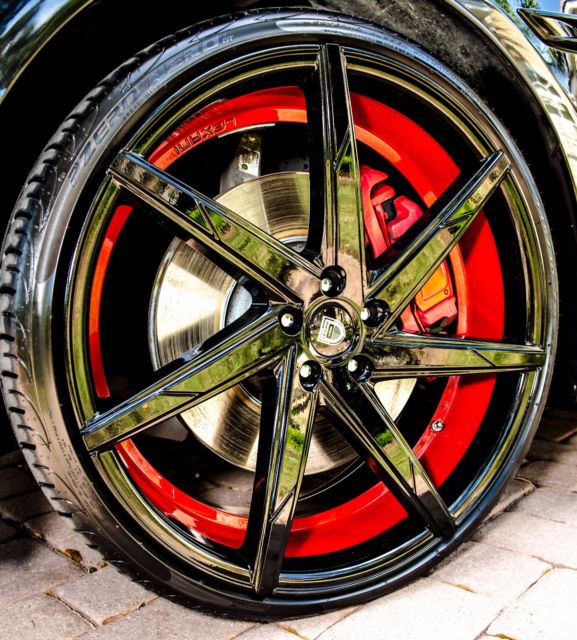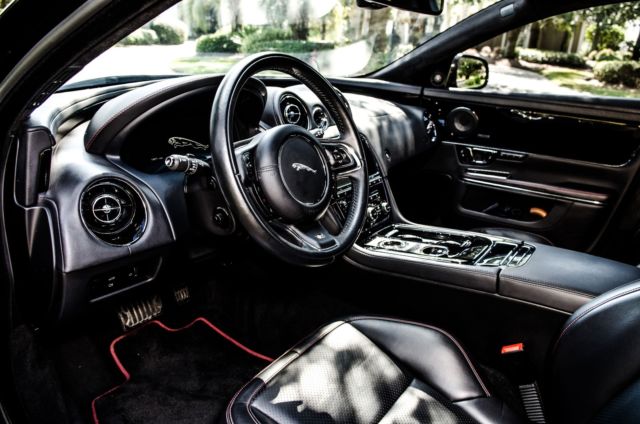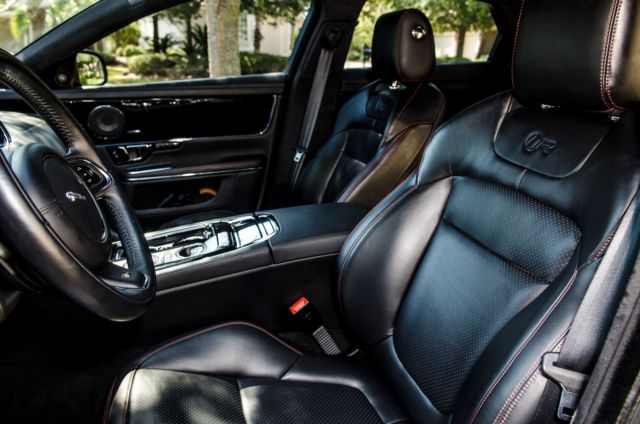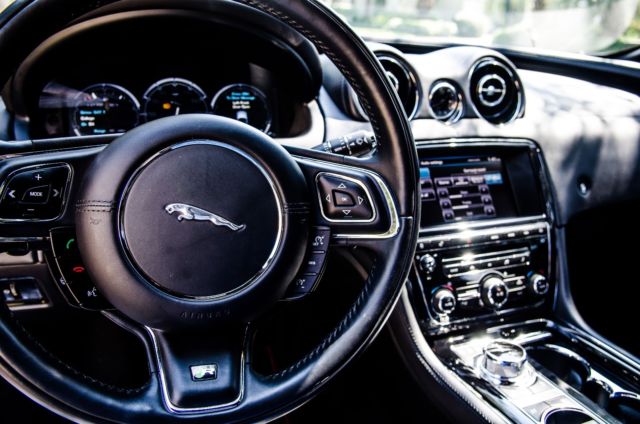Jaguar XJR with custom paint, custom 22" Lexanis, custom sound system.
- Condition: Used
- Make: Jaguar
- Model: XJR
- Type: Coupe
- Year: 2014
- Mileage: 22,500
- VIN: SAJWA1EK8EMV58784
- Color: Black
- Number of cylinders: 8
- Interior color: Brown
- Drive side: Left-hand drive
- Vehicle Title: Clear
- Interested?
2014 Jaguar XJR Description
This is a custom 2014 Jaguar XJR. It has 22" custom painted Lexani wheels (also original Jag wheels). We custom painted all chrome parts with the original Jaguar black paint and added red accents around the car and on the wheels. It also has a custom box in the trunk with 12" subs. All upgrades cost around $12,000.This is one of the prettiest Jaguars that you will find on the road. Non smoker and in excellent shape inside and out.So, absent since thecurrent-generation XJdebuted, the XJR is back, because what's a flagship performance subbrand without a flagship? The XJR's supercharged 5.0-liter V-8 is cranked up from a previous high of 510 horsepower in theXJ Supersport—it disappeared when the XJR went on sale—to 550. Torque increases from 461 lb-ft to 502. Both figures nicely square up against this car's competitors—except for the totally gonzoMercedes-Benz S63 AMG. This being a supercharged 5.0-liter V-8, the changes necessary to realize such gains amount to a little bit of ECU tweaking. The fruit of those tweaks travels to the rear tires through the same eight-speed automatic transmission as that found in other XJs, although the electronically controlled differential gets minor programming changes to suit the fiercer character of the XJR.
The standard XJ is already the sportiest of the full-size luxury pack, but the R sees its springs and adaptive dampers firmed up by 30 percent and its steering fine-tuned for a sportier feel. Executive-class rockets typically don't get too ostentatious with their exterior decoration, and neither does the XJR. A unique front fascia, rocker panels, and a lip spoiler are the extent of its bedazzlement. Inside, the only major difference from less-powerful XJs is the sport buckets for the driver and passenger.
Arguably, there's no better venue to reflect on Jaguar's performance image than a racetrack. So it was fitting that we first experienced the XJR at Seattle's challenging new Ridge Motorsports Park, where we examined whether the hardware in the 550-hp, 4365-pound sedan could hold up its end. The XJR's all-aluminum construction keeps it light for this class—lighter, in fact, than theXFRthat sits below it in Jaguar's lineup. At the track, we found that even the long-wheelbase XJR felt fantastically responsive and nimble, the lengthy span between front and rear axles endowing it with superb stability at all speeds. With steering that was weighty and immediate and brakes that placed uncommon strain on optic nerves, it became obvious the chassis was developed with track use in mind. Although the XJR's tailpipes didn't emit the raspy bark of the XFR (or, for that matter, theF-type roadster), the flagship sedan's exhausts had sufficient growl to turn the heads of bystanders. As well they should have, as the XJR was reaching velocities well north of 145 mph at the end of the Seattle track's roughly half-mile straight.
Those early track impressions were validated in subsequent instrumented testing back on our home turf in Michigan, where we strapped our test gear to a long-wheelbase car. The R established its range-topping dominance over the old XJ Supersport with a 3.9-second 0-to-60 run, which also beats BMW's 12-cylinder760Liand thelast-generation Mercedes-Benz S63 AMG(we haven't tested the current model yet) but loses out to the beastly all-wheel-driveAudi S8. The R's giant 15.0-inch front and 14.8-inch rear brakes hauled it down from 70 mph in an expedient 157 feet, and the Pirelli P Zero tires stuck for 0.90 g around the skidpad.
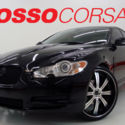 CUSTOM ALL BLACK 2010 Jaguar XF Premium (V8 engine) CUSTOM XF / 22" wheels / V8
CUSTOM ALL BLACK 2010 Jaguar XF Premium (V8 engine) CUSTOM XF / 22" wheels / V8
Mileage: 85,550
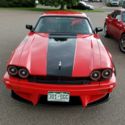 This is a custom rare jaguar xjs beautiful ride.
This is a custom rare jaguar xjs beautiful ride.
Mileage: 64,000
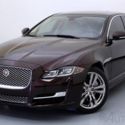 16 Jaguar XJL Portfolio Navigation Sunroof Meridian Sound System
16 Jaguar XJL Portfolio Navigation Sunroof Meridian Sound System
Mileage: 90
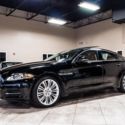 2014 Jaguar XJ Supercharged 4dr Sedan MSRP $92k+ Meridian Sound System WOW
2014 Jaguar XJ Supercharged 4dr Sedan MSRP $92k+ Meridian Sound System WOW
Mileage: 10,394
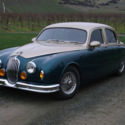 1956 Jaguar 2.4 Mark I 4-Door Sedan Custom Vehicle
1956 Jaguar 2.4 Mark I 4-Door Sedan Custom Vehicle
Mileage: 4,000
 Custom Jaguar F-Type R coupe Unique build with modifications.
Custom Jaguar F-Type R coupe Unique build with modifications.
Mileage: 14,000
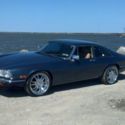 Custom 1989 Jaguar XJS 2-Door Coupe With 350 Chevy Engine
Custom 1989 Jaguar XJS 2-Door Coupe With 350 Chevy Engine
Mileage: 111,007
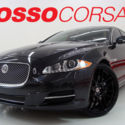 2013 Jaguar XJ L Portfolio ($93K MSRP) BRAND NEW CUSTOM 22" 1 - OWNER XJ L Port
2013 Jaguar XJ L Portfolio ($93K MSRP) BRAND NEW CUSTOM 22" 1 - OWNER XJ L Port
Mileage: 31,255
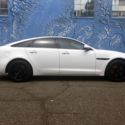 2012 Custom Jaguar XJ Supercharged Platinum Edition white/navy
2012 Custom Jaguar XJ Supercharged Platinum Edition white/navy
Mileage: 35,000
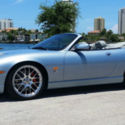 2006 Jaguar XKR Victory Edition Supercharged Custom 600+ HP Like Aston Martin
2006 Jaguar XKR Victory Edition Supercharged Custom 600+ HP Like Aston Martin
Mileage: 56,500

